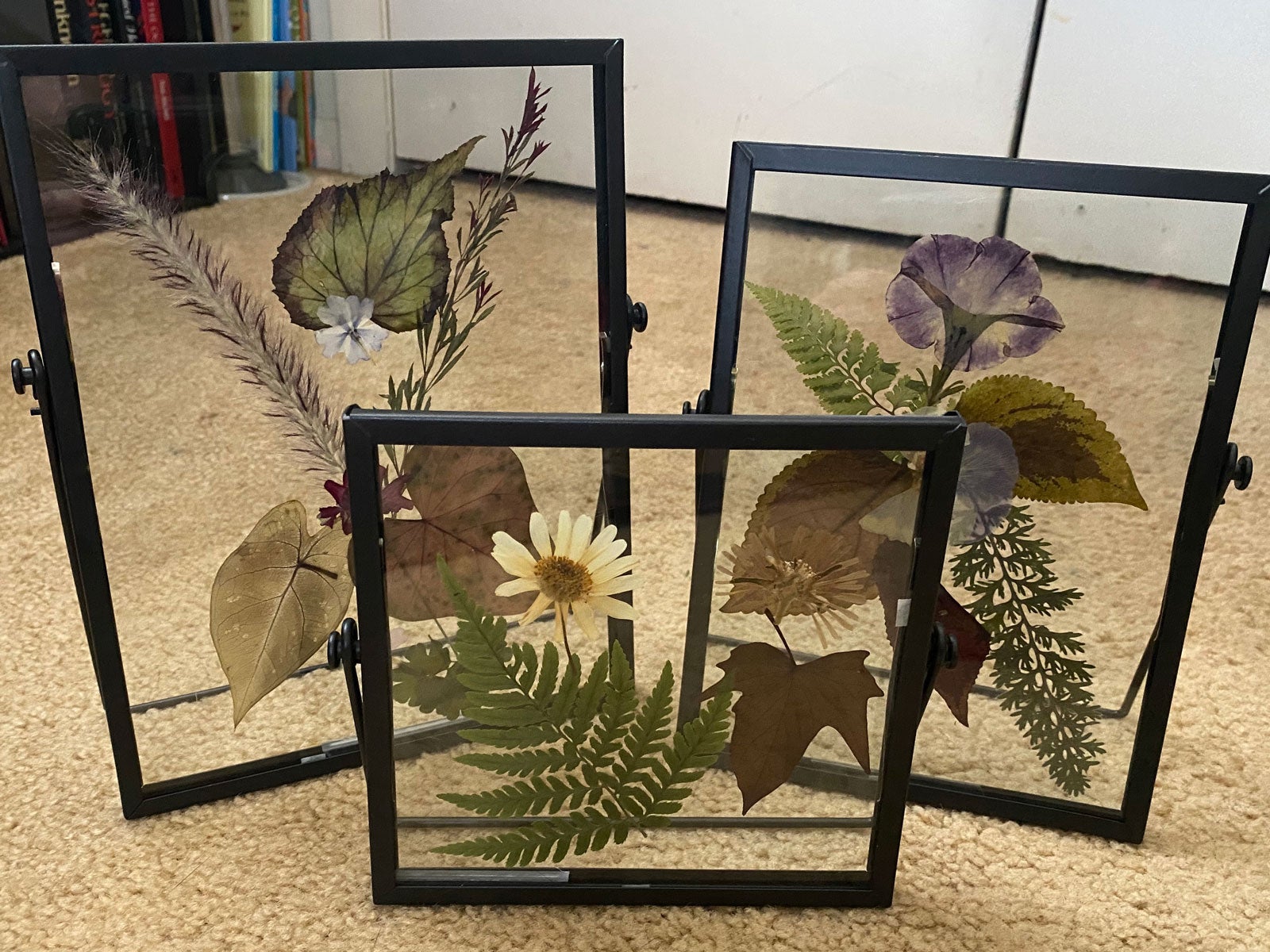DIY Flower Press Tips – Pressing Flowers And Leaves


Pressing flowers and leaves is a great craft idea for any gardener, or anyone really. If you grow your own plants to press or take walks in the woods to collect samples, these delicate and beautiful specimens can be preserved and turned into art objects.
Why Press Leaves and Flowers?
Pressing leaves, flowers, and entire plants is a time-tested craft and art form. People have done this for centuries or longer to preserve specimens for study or medicine, to give as gifts, and to use in craft projects.
Most people today who partake in flower and foliage pressing do so for projects simply to preserve the beauty of spring, summer, and fall. During a long winter, these pretty pressed plants bring a little sunshine into your home.
How to Press Plants
Pressing plants is as easy as it sounds. You don’t even need a fancy flower press. Although if you plan to do a lot of pressing, you may want one. They are useful tools but not necessary for the process.
First, choose the plants, leaves, or flowers to press. You can use literally anything, but some flowers work better than others. Yellow and orange blooms will hold their color the best, while blues, pinks, and purples tend to fade. Red flowers turn brownish.
Smaller, less dense flowers are easiest to press. Think daisies, clematis, lobelia, pansies, feverfew, and Queen Anne’s lace.
To press bigger flowers, like roses or peonies, remove some of the petals so you can flatten the bloom but maintain its overall appearance in two dimensions. Also, try pressing buds and all kinds of leaves. Pick specimens that are fresh but not wet with dew or rain.
Gardening tips, videos, info and more delivered right to your inbox!
Sign up for the Gardening Know How newsletter today and receive a free copy of our e-book "How to Grow Delicious Tomatoes".
If you are not using a flower press, you need a big book and some weights. Place the plants between sheets of newspaper, which will help absorb moisture. Insert this between the sheets of a large book and, if necessary, add weighted objects on top of the book.
Using Pressed Plants
After about ten days to two weeks, you will have pretty pressed plants that are dry and fully preserved. They are delicate, so handle carefully, but otherwise you can use them in any kind of craft project. Ideas include:
- Arranging behind glass in a frame for a display
- Decorate a picture frame
- Set in wax when making candles
- Laminate to create bookmarks
With epoxy, you can use pressed flowers on just about any surface for a lasting craft or art project as well.

Mary Ellen Ellis has been gardening for over 20 years. With degrees in Chemistry and Biology, Mary Ellen's specialties are flowers, native plants, and herbs.